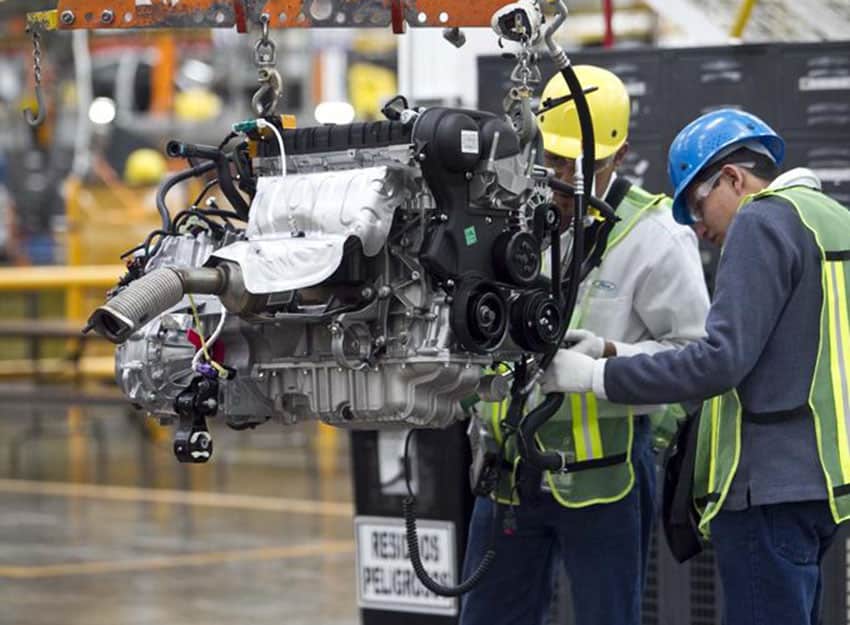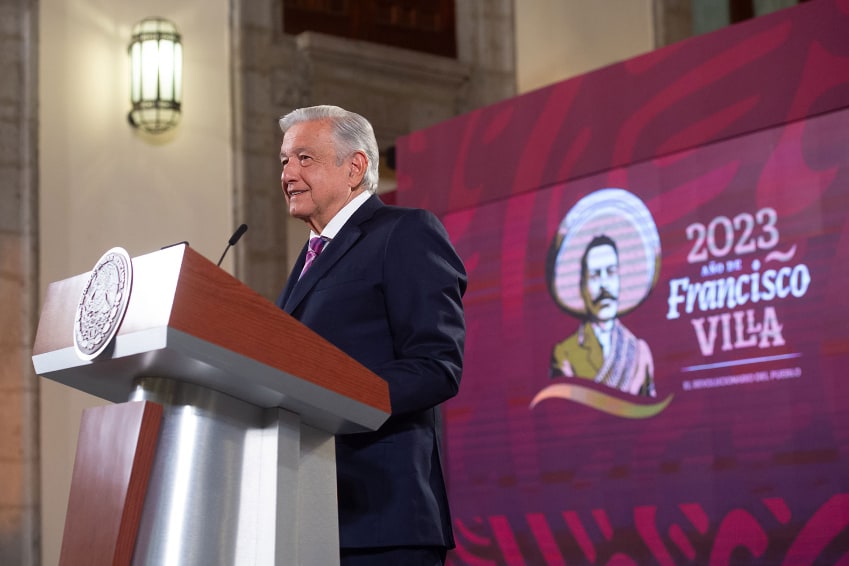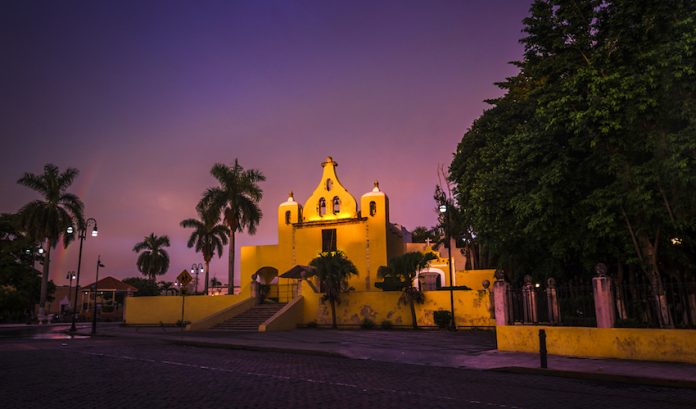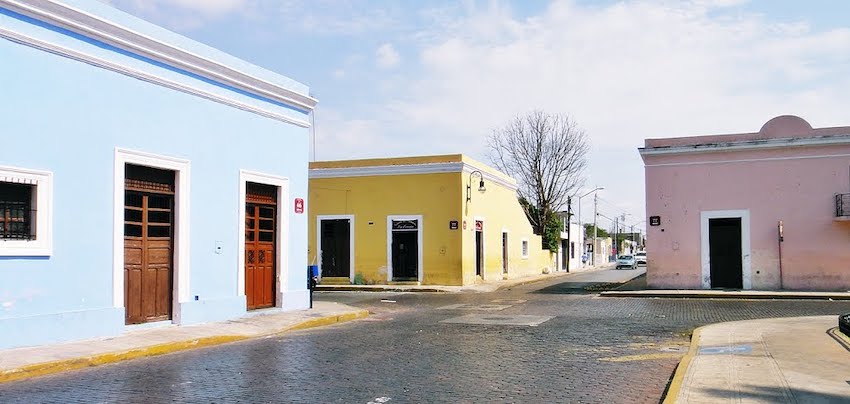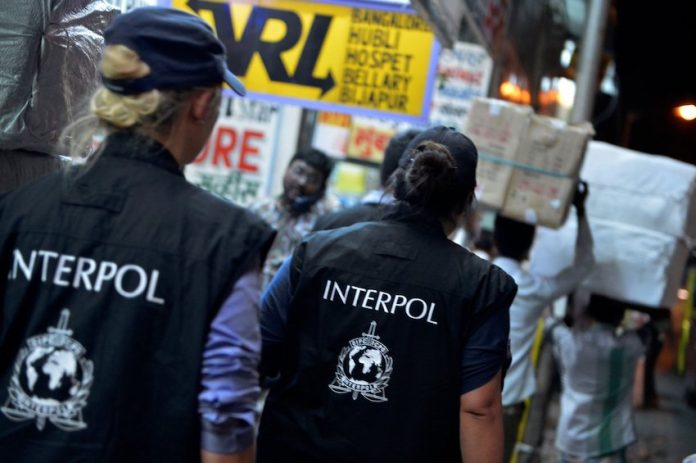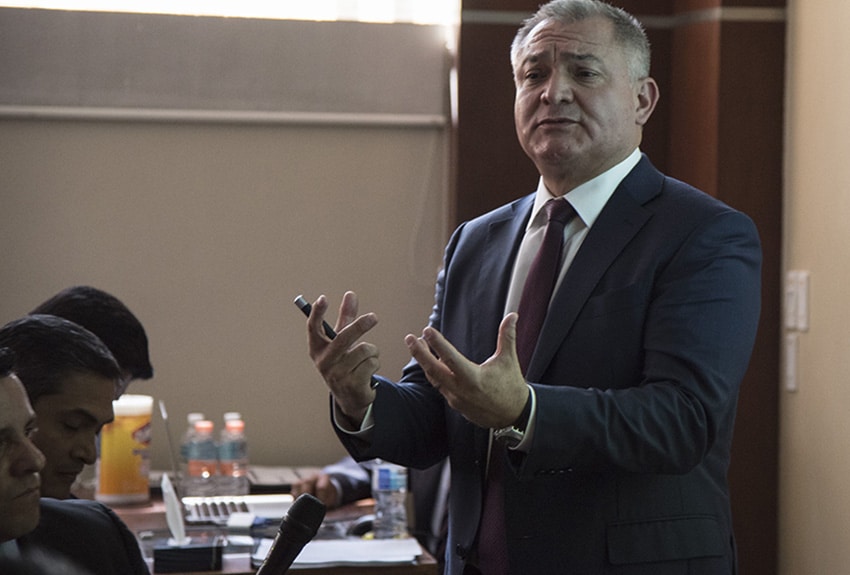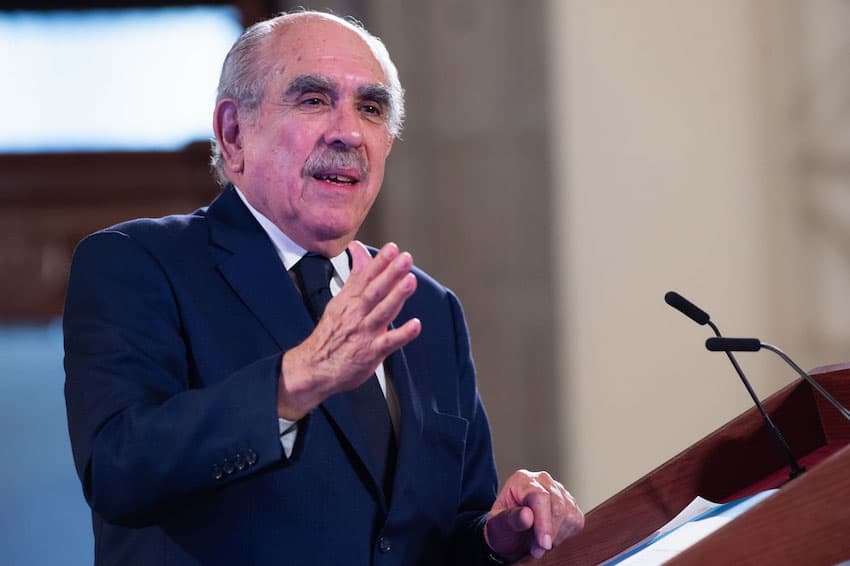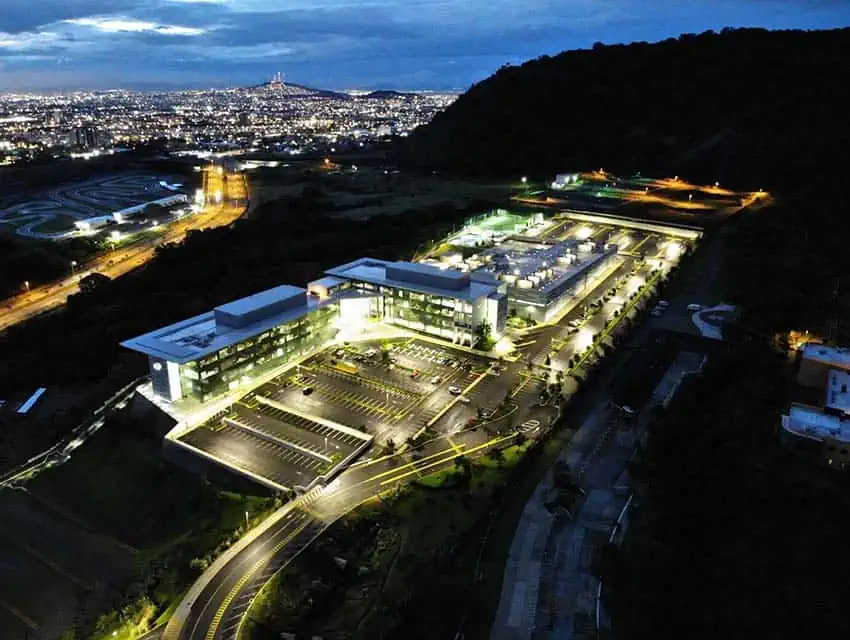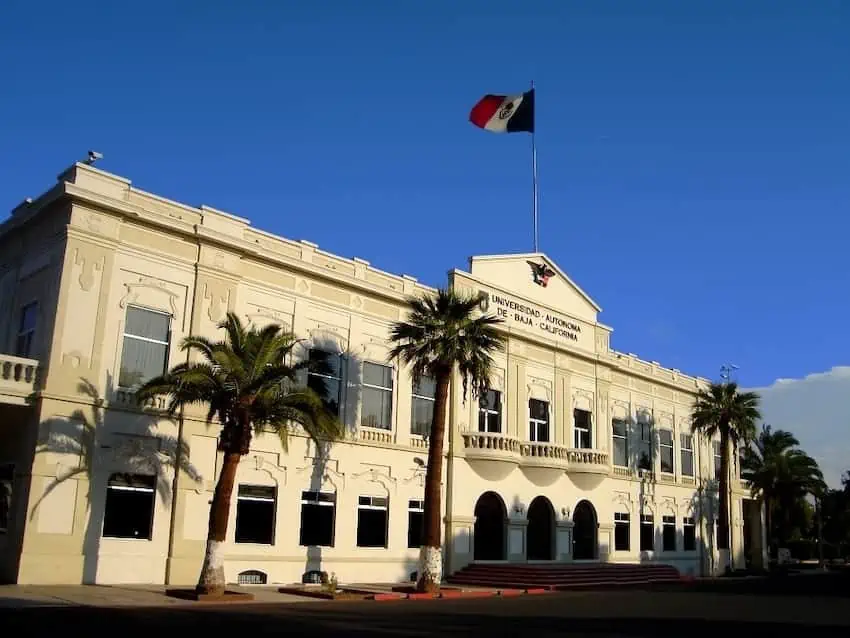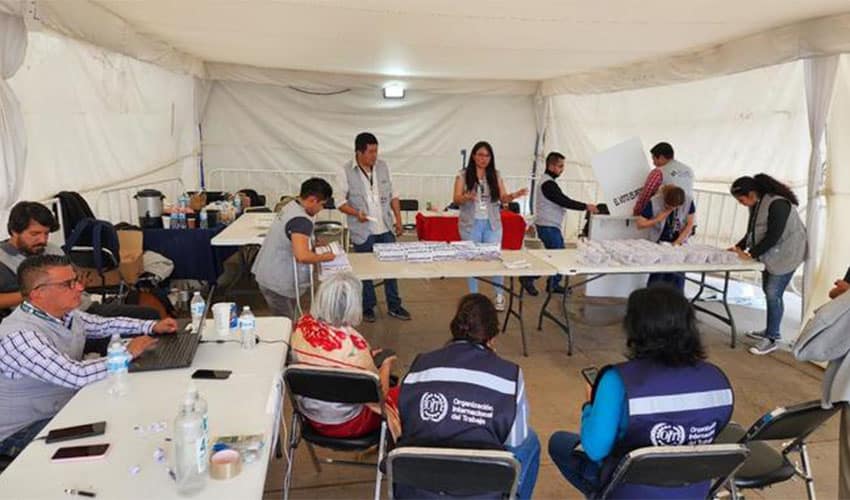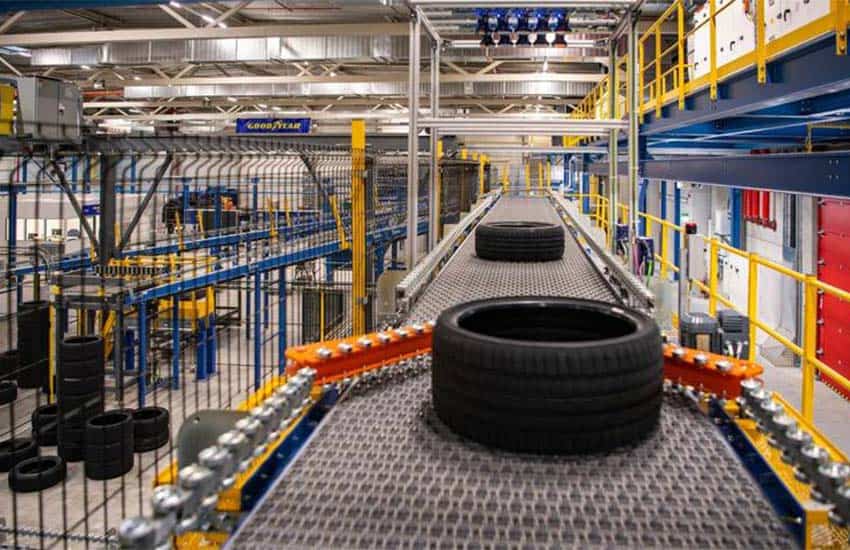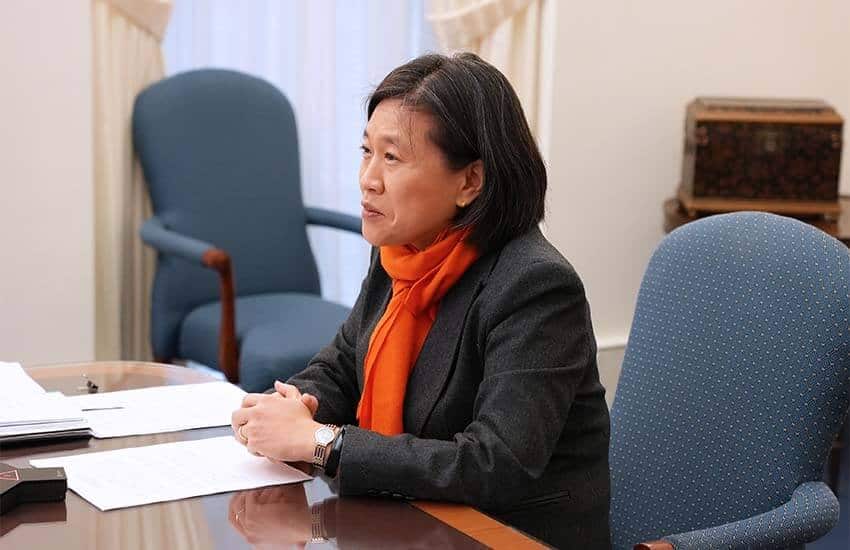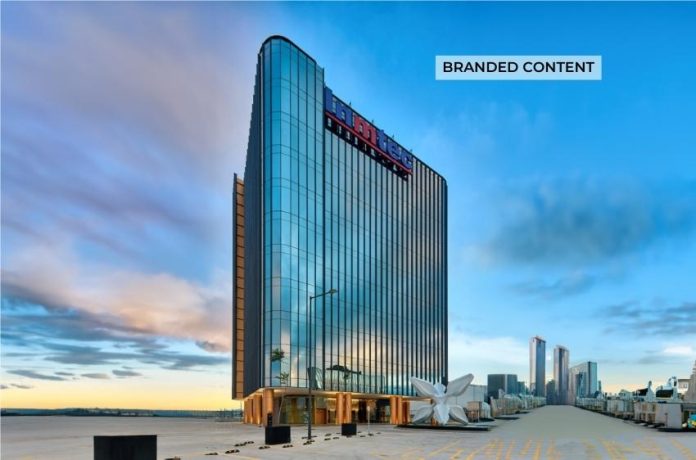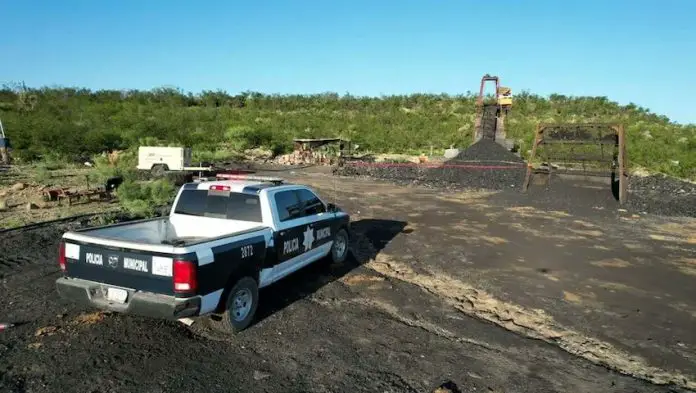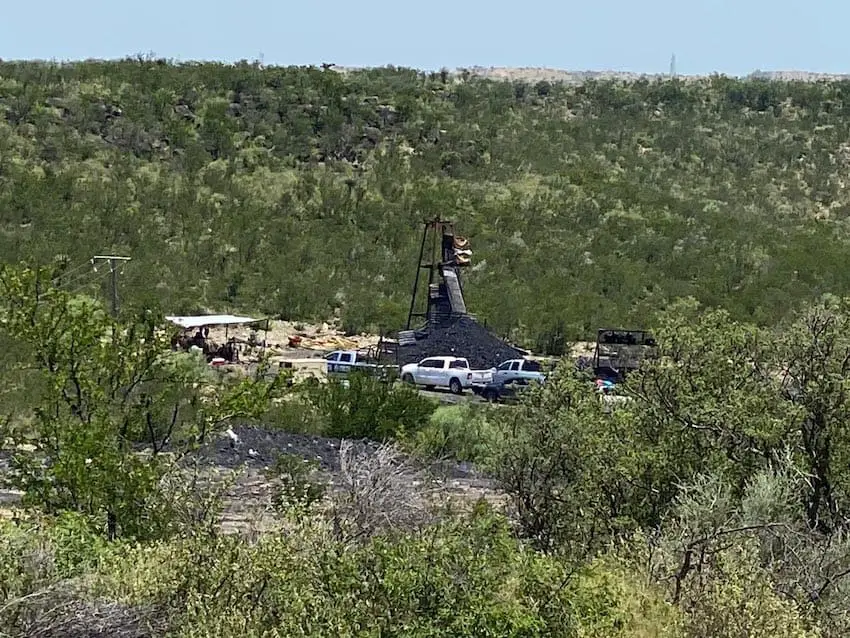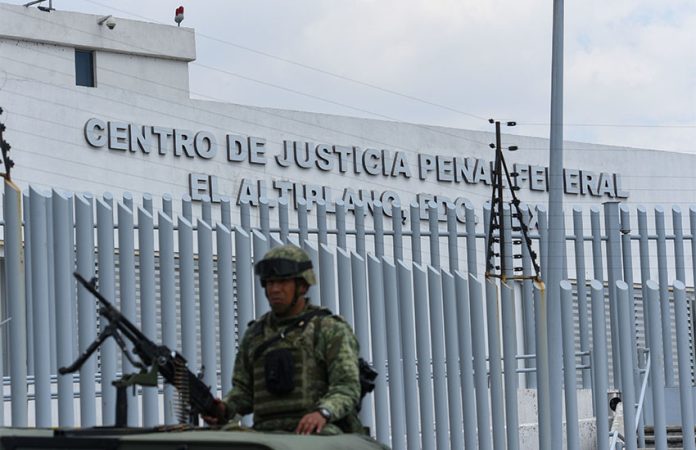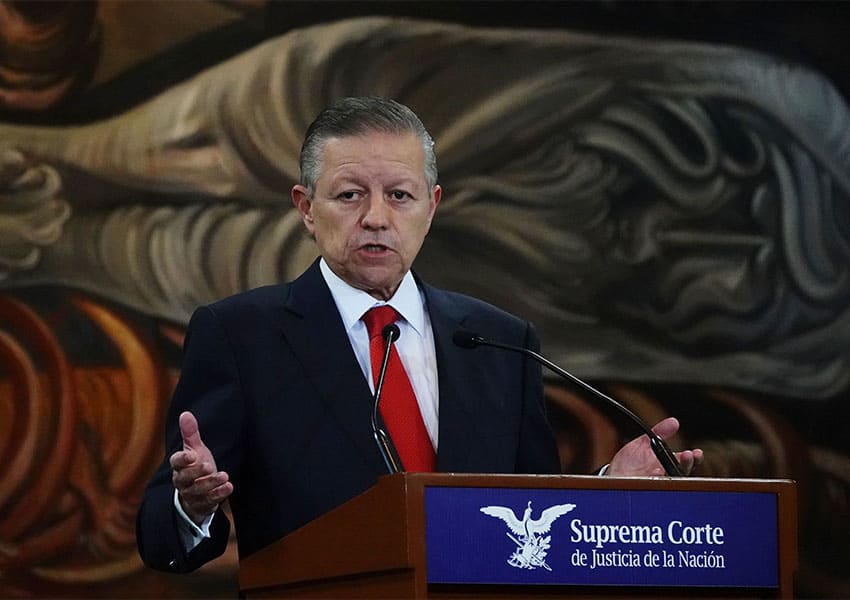When you’re buying property or getting started with a new commercial enterprise, how do you make sure you best protect your investment and find your way through the legal landscape? It can be stressful and pretty daunting, going through all the necessary steps from start to finish, especially when doing transactions abroad.
To ensure your financial security, peace of mind and your understanding of the Mexican process, a well-managed escrow account is without a doubt the best way to go. Inmtec, a well-established and reputable financial services company based in Querétaro, has recently created an entirely new division, providing escrow services.
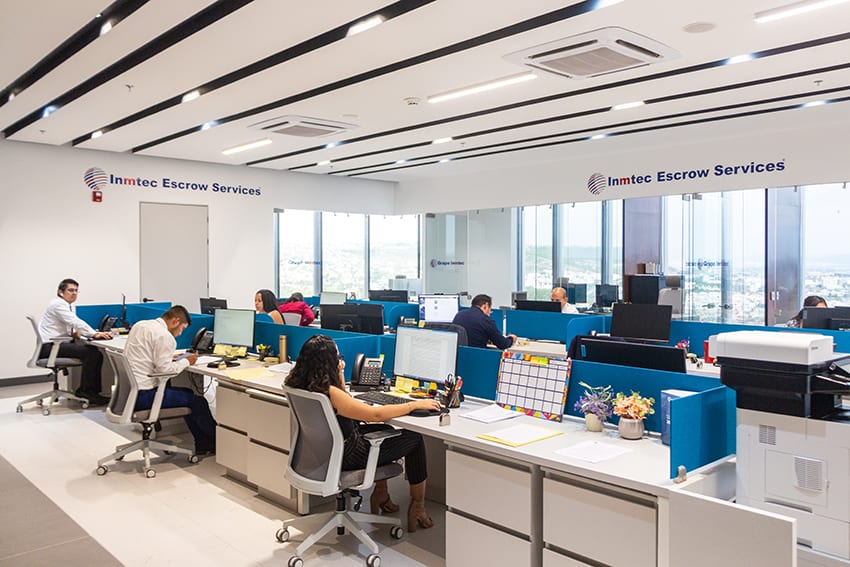
Over this next month, we’ll be taking an in-depth look at the step-by-step process of Inmtec’s escrow services. We’ll also be interviewing Inmtec’s’ CEO, Ángel Marín Díaz, and National Director of Escrow Services, Addy Montoya, asking in-depth questions and examining the benefits of escrow on multiple levels.
This week, we’re outlining the broad scope of Inmtec’s escrow services. As the demand for secure and transparent transactions in Mexico grows, whether you’re a buyer or seller, choosing escrow is solid insurance for a reliable and seamless process.
We asked Addy Montoya some questions about what Inmtec can provide in comparison to other escrow services in Mexico.
Why do I need an escrow account in Mexico?

Mexico has a thriving international trade market, and an escrow service can facilitate secure cross-border transactions. You’ll mitigate the risks associated with international trade, such as non-payment, delivery disputes, or issues with product quality. The Inmtec team considers escrow particularly useful for complex transactions that involve multiple parties or contingencies.
Escrow services act as a neutral third party that holds funds and documents during a real estate or commercial transaction. This impartial intermediary, Inmtec, ensures all conditions are met before releasing funds to the seller. The added layer of security and trust is increasingly important,where buyers and sellers seek peace of mind and protection against potential fraud or misrepresentation.
Only Inmtec is licensed to provide this type of service in Mexico, and therefore we understand implicitly the specific legal frameworks and regulations. Your protection is guaranteed by law.
Would my escrow account be personal and confidential?
Yes, Inmtec maintains strict confidentiality over every client’s account, understanding the multiple different needs and specific requirements for each account holder and their business at hand. Personalized attention fosters trust, reliability and lasting relationships, and Inmtec’s main focus is to provide an impeccable bespoke service, through every account detail and every stage of the deal.
Would my escrow account be bonded?
The answer is, yes, absolutely. All agreements and contracts between buyer and seller parties would be compliant with relevant laws, agreements or contracts that outline the terms and conditions of the escrow.
Do I get preferential exchange rates?
Given the peso/US dollar rollercoaster right now, you’ll be offered preferential exchange rates.
Inmtec’s partnerships and expertise in the financial industry means they stay on top of market trends and fluctuations, ensuring their clients benefit from the most favorable exchange when converting currencies for their escrow transactions.
Is Inmtec escrow company a fiduciary?
Yes! Inmtec’s classification as a fiduciary will mean locktight security, trust and legal protection, as the fiduciary also carries additional responsibilities and potential liabilities. Fiduciaries must navigate conflicts of interest, maintain accurate records, and ensure compliance with applicable laws and regulations.

Buyers, sellers and other stakeholders involved in the transaction, are offered that much more security knowing that their funds or assets are being held by a fiduciary who has a legal obligation to act in their best interests. A higher level of transparency and legal protection is assured. Additionally, being able to offer escrow service as a fiduciary can provide a competitive advantage, demonstrating your commitment to integrity, transparency, and client-centric services, which can differentiate you from competitors.
Is Inmtec escrow insured?
Inmtec insures each individual depositor.
Can I get title insurance?
Yes, Inmtec Escrow Services supplies title insurance for transactions.
Can I get insurance for hidden construction flaws found post-purchase?
Yes, Inmtec Escrow Services offers Vicios Ocultos (“hidden defects”) insurance for all your post-transaction coverage.
In summary, Inmtec Escrow Services offers robust streamlining and efficiency throughout your transaction process; centralizing funds and documents in one secure location, simplifying the administrative tasks involved in buying and selling, including managing the transfer of ownership, coordinating with lenders and ensuring all legal requirements are met.
Inmtec is setting the stage by playing a crucial role in shaping the future of the real estate and other markets in Mexico, and where other companies don’t, provides the necessary infrastructure for trade transactions to be facilitated in the most time efficient manner, reducing delays and complications.
Next week, we meet the team at Inmtec, discovering their areas of expertise and getting acquainted with their specialized process. Stay tuned!



